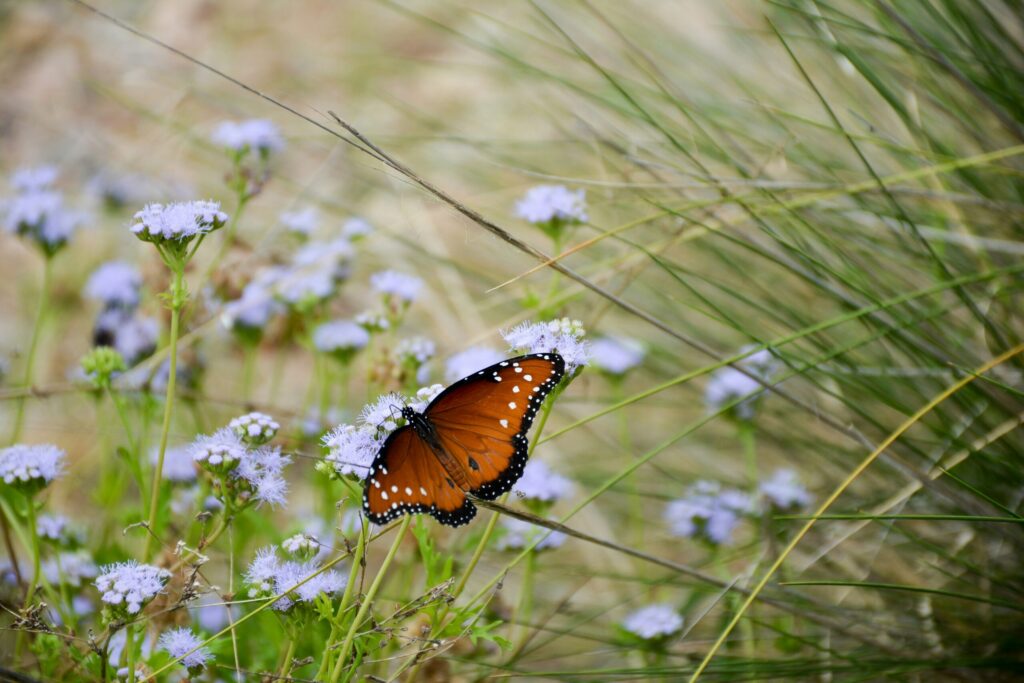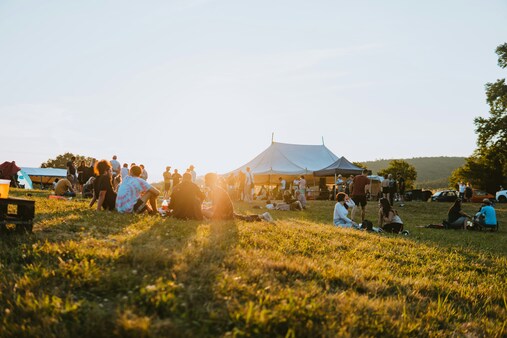When preparing a building site in Washington, DC, many homeowners and developers focus primarily on construction deadlines, budgets, and compliance. However, in such a naturally rich and historically significant area, protecting the native plants and wildlife should be a key consideration. By incorporating preservation into your site preparation plan, you not only contribute to environmental health but also align your project with sustainable and responsible building practices.
Here are practical tips to help safeguard native flora and fauna while preparing your building site in the nation’s capital.

Understand the Local Ecosystem
Before breaking ground, take the time to understand the ecosystem surrounding your site. From the iconic cherry blossoms to the diverse bird species, Washington, DC, is home to a variety of native plants and animals. Conduct a site survey to identify:
- Native plants, such as oaks, beeches, and coneflowers, that should be safeguarded.
- Wildlife habitats such as bird nesting areas, bat roosts, or pollinator-friendly zones.
- Waterways or wetlands that could be affected by construction.
Consider consulting with an environmental scientist or local conservation group to help thoroughly assess the area.
Use Protective Barriers for Sensitive Areas
Once the survey is complete, designate and protect sensitive areas. Install barriers or fences around trees, plant beds, and identified habitats to prevent accidental damage from heavy machinery during site preparation. These barriers also serve as clear visual reminders for construction crews to tread lightly near these zones.
For trees, employ root protection zones to ensure their long-term health. This involves protecting the soil around tree bases from compaction caused by equipment.
Minimize Land Disruption
One of the primary contributors to habitat destruction is excessive land disruption. To reduce this impact:
- Limit excavation to only what is absolutely necessary for the build.
- Plan construction entrances and machinery staging areas carefully to avoid harming nearby vegetation.
- Use low-impact machinery where possible to reduce ground compression.
The less disturbance to the natural environment, the easier it will be for local flora and fauna to adapt post-construction.
Choose Native Plants for Landscaping
If clearing vegetation is unavoidable, commit to reintroducing native species into your landscaping plan after construction. Native plants like redbud trees, black-eyed Susans, and milkweed are not only beautiful but also act as vital habitats for birds, bees, and butterflies.
These plants also require less water and maintenance compared to non-native species, which contributes to a more sustainable post-construction environment.

Implement Erosion Control Measures
During site preparation, erosion can have devastating effects on nearby ecosystems, washing away nutrient-rich soil and polluting local waterways with debris. Use these best practices to prevent erosion:
- Install silt fences to capture soil runoff.
- Lay down erosion control mats or blankets on exposed land.
- Strategically plant grass or ground covers on slopes to stabilize loose soil.
Erosion control is not only environmentally important but also helps your project stay in compliance with municipal regulations.
Limit Light and Noise Pollution
Building sites can often disrupt local wildlife due to increased light and noise. To minimize this:
- Use directional lighting at the construction site to reduce glare and unnecessary brightening of surrounding areas.
- Establish quiet hours to mitigate excessive noise during wildlife active periods, like dawn and dusk.
- Use sound barriers for noise-intensive equipment to reduce disturbances to neighboring habitats.
Partner with Local Conservation Organizations
Partnering with local conservation groups such as the Washington DC Department of Energy and Environment or local non-profits open doors to expert guidance on environmental best practices. These organizations can provide insights, resources, and tools to make your project eco-conscious while staying compliant with city ordinances.
Educate Construction Teams
Ultimately, your success in protecting flora and fauna depends on creating awareness within your construction team. Schedule training sessions or provide guidelines that emphasize the importance of preserving the local ecosystem. Simple actions, such as preventing littering, avoiding unnecessary tree cutting, and sticking to designated pathways for machinery, can make a significant impact.
Support Legal Protections
Ensure your project aligns with environmental regulations and local building codes, which may include:
- Compliance with the Tree Protection Act for preserving mature trees.
- Adherence to stormwater management requirements to protect water quality.
- Acknowledging any endangered species or habitats protected under federal and city laws.
Contribute to a Greener Tomorrow
Protecting native flora and fauna in Washington, DC, is not merely a regulatory requirement; it’s an investment in the environment and the community. By making sustainable choices during site preparation, homeowners and developers can create harmony between their projects and nature. Your effort to maintain the biodiversity of this iconic region plays a vital part in preserving its legacy for future generations. a contractor who understands your area is vital.
Take the Next Step Toward a More Energy-Efficient Home
Your home is one of your most valuable investments, and protecting its roof means safeguarding everything beneath it. A cool roof not only extends the life of your home but also reduces energy expenses and contributes to a sustainable future for your family and community.
Looking to upgrade your home with a cool roof? Contact us today to discuss how this modern roofing solution can benefit your Maryland or DC home. Together, we can turn your home into an energy-efficient haven designed to last.





